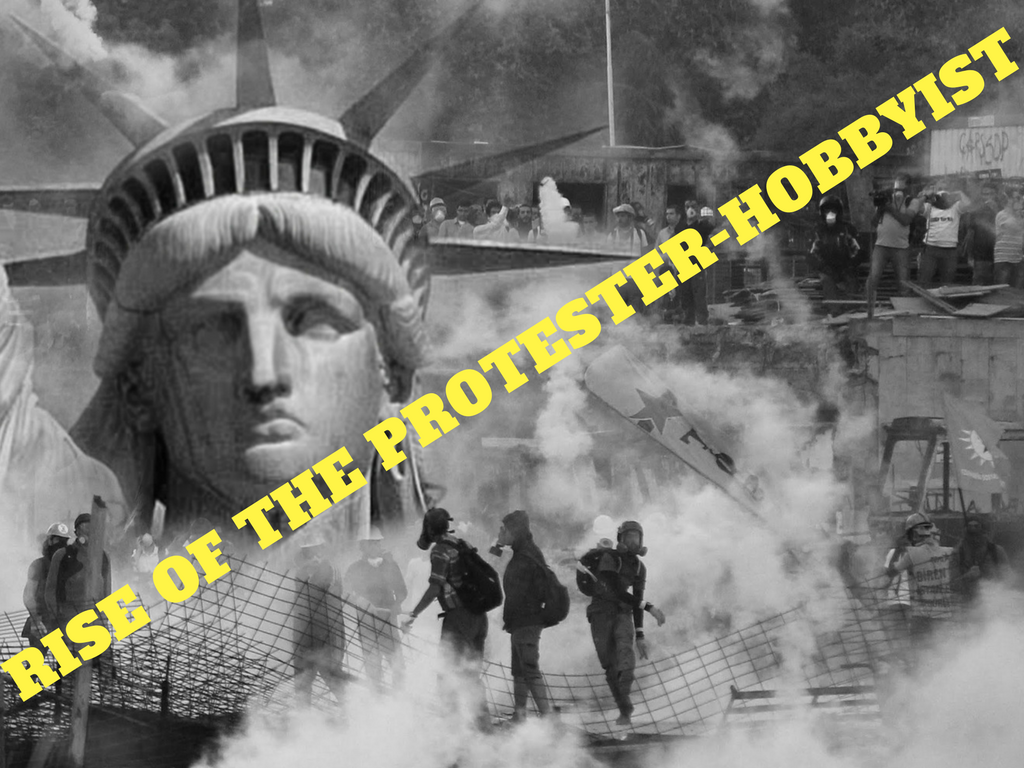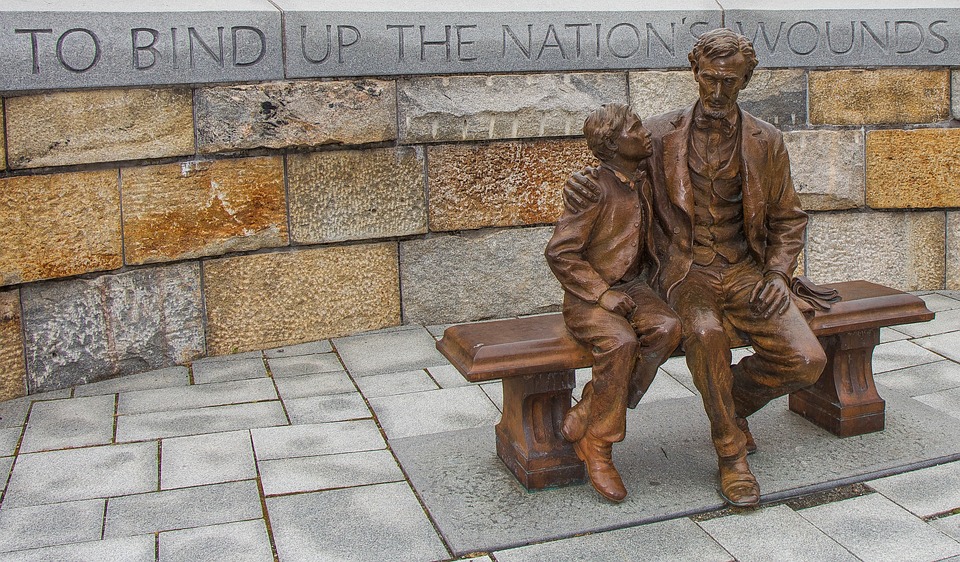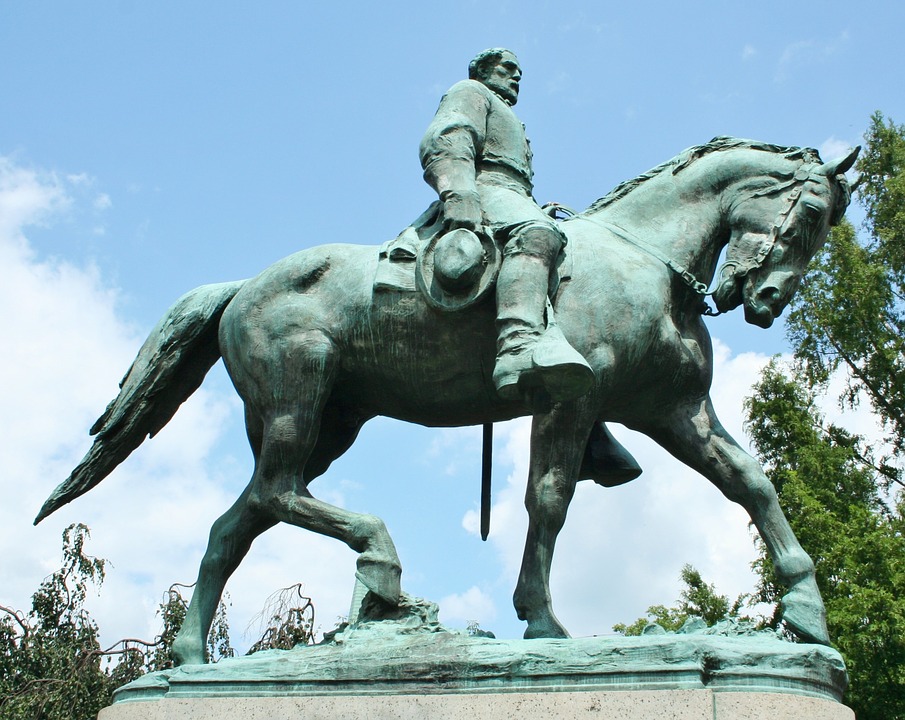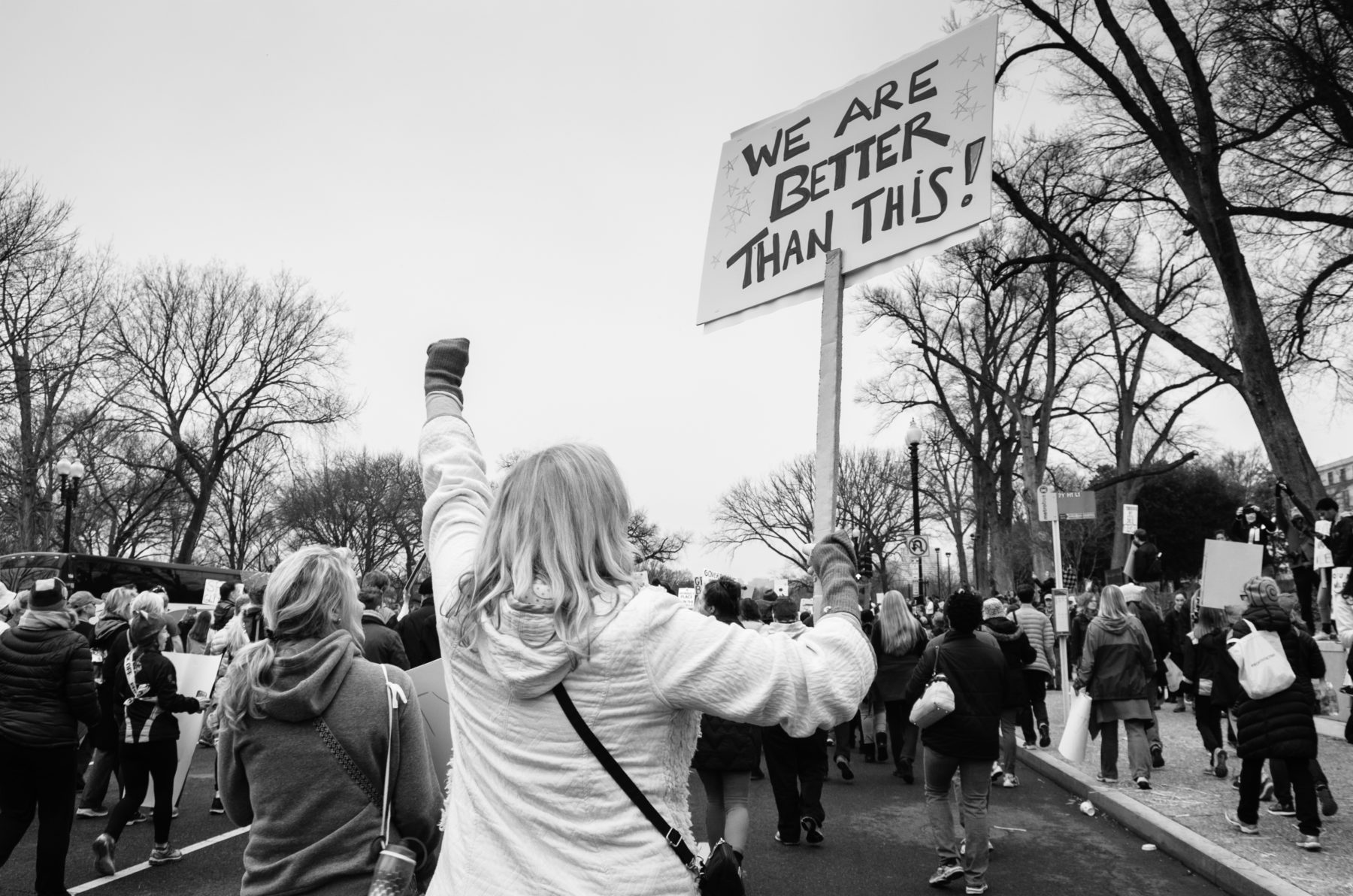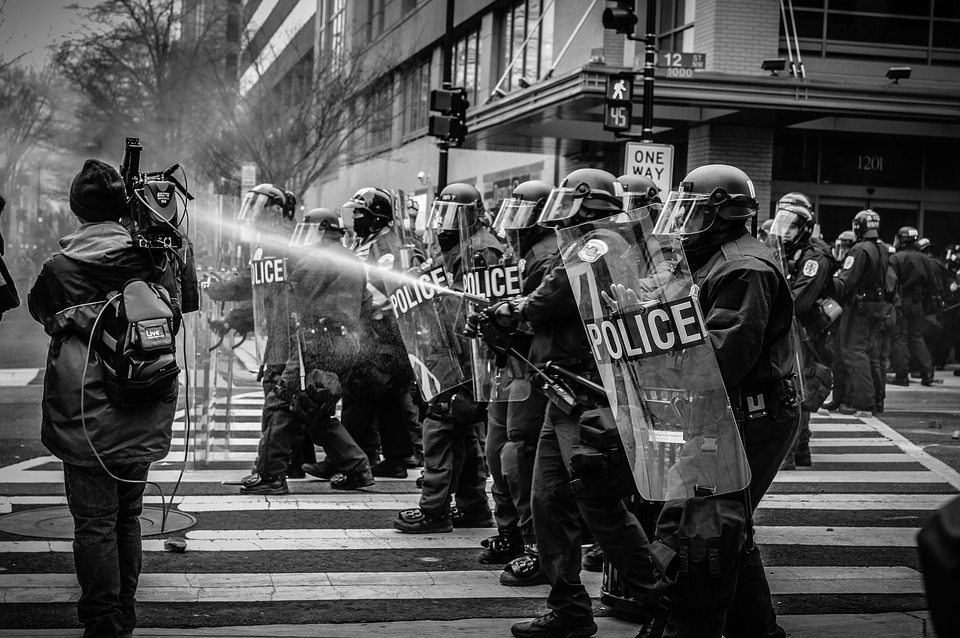Rise of the Protester-Hobbyist (Opinion)
“Hey Hey! Ho Ho! TrumpCare has got to go!”
Protesters shout as they line Main St. in Northampton, MA, a not uncommon occurrence in a town known for its excesses.
The oddity of this particular protest is that, although the Republicans do propose a healthcare bill, it fails even to reach the Senate.
No bill has been passed! So what is being protested, what has “got to go”?
Are the protesters loath to cancel the march because they have already made the signs and don’t want them to go to waste?
“Indivisible Noho”, one of the groups organizing the march, provides a checklist for weekly meetings; Bring “a cellphone charger… a snack to share … and your rage, love, and solidarity” (emphasis mine).
Presumably, the solidarity is for their fellow marchers and the rage for any unlucky bystanders who they might encounter.
Note that the solidarity is not based necessarily on a specific cause but on whether one is “in” or “out”, the classic us vs. them mentality.
While Americans in days past might spend a Saturday afternoon in late July walking in the park, a typical afternoon in 2017 is spent in the picket line, painting signs, and honing the catchiest of slogans.
To the protesters in Northampton, it doesn’t matter that they are marching to prevent a bill that has already failed. They march to communicate their overwhelming dissatisfaction.
This creates a slew of protester-hobbyists.
Protesting will soon pass up baseball as our national pastime.
Weekly meetings, bus trips to Boston, marches on DC- these are no longer rare events.
This upward trend in daily protesting is not limited to the predominantly liberal northeast.
Charlottesville, VA saw demonstrators, protesters, and counter-protesters, with a mismatch of causes and anti-causes.
None of the groups cared about the statues, or even the people who they were claiming to represent, only who could create the loudest commotion.
In reality, White Supremacists and Antifa are allies.
Both work to create chaos, and are happiest when fighting their most hateful adversaries, each other.
Perhaps there was “fault on many sides,” but also confusion on many sides.
US citizens were fighting on the streets of Charlottesville, most often without a clear notion of who or what they were fighting.
Salon magazine recently ran an article titled: “If you’re going to punch Nazis, first make sure they’re actually Nazis.”
They reported overzealous protesters assaulted more than a few innocent bystanders, mistaking them for Nazis.
The stories of Charlottesville reveal a pattern in the character of the protesters: some villains but many fools.
The vast majority of marches today are disruption for disruption’s sake.
Yet aren’t protests supposed to be about causing a scene, about revealing evil for all to see?
Martin Luther King, in one of his famous speeches, says that he came to the capitol to “dramatize a shameful condition.”
The “shameful condition,” however, is not the focus of his speech.
“His purpose is to provide an alternative vision for the future.”
Effective protest requires the speaker to reject something from the present and point to a possible, better future.
In other words, discourse requires us to go beyond, “This is what I hate.”
We seem to have forgotten that, to productively communicate an idea, one must not only have something to fight against but for.
This is a fundamental problem for the right and the left, who have both, to some extent, embraced identity politics.
Compare this to the civil disobedience of the 1960s.
You don’t have to agree with the Vietnam Antiwar movement to recognize that its message was clear: “Bring our boys home”.
Without a clear action, positive change is impossible.
Protest is quickly becoming our new American value.
The events in Northhampton and in Charlottesville both serve as witnesses to the harmful nature of modern protest, replacing principles and action with hatred and emotion.
Protest cannot be the premise of our modern social order.
A better view of protest is as necessary, albeit unpleasant, duty.
We should ask ourselves whether these everyday marches are able to do anything to solve our very real problems.
The ability to protest is a good thing, but it should also be a rare thing.
Discourse requires us to sometimes shout and sometimes whisper.
Not every issue warrants a full-on march.
I fully recognize that this is not the era of self-restraint.
Those who consider themselves advocates would find it ludicrous to ration their rage.
Yet, since of the freedoms we have are so great, we must exercise our self-restraint.
The alternative is an incoherent string of causes, each shouting: “Solidarity!” and moving at the speed of a Greyhound Bus.
Have we forgotten the purpose of civil disobedience?
We are not free in order to protest; we protest in order to be free.
By Noah Gould

